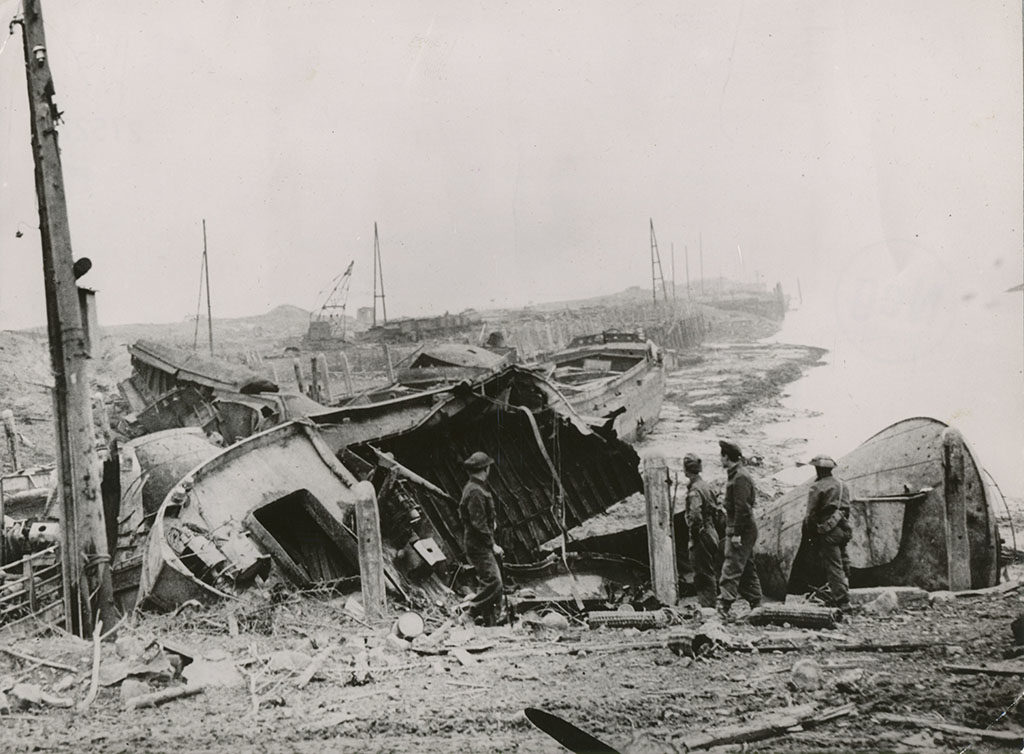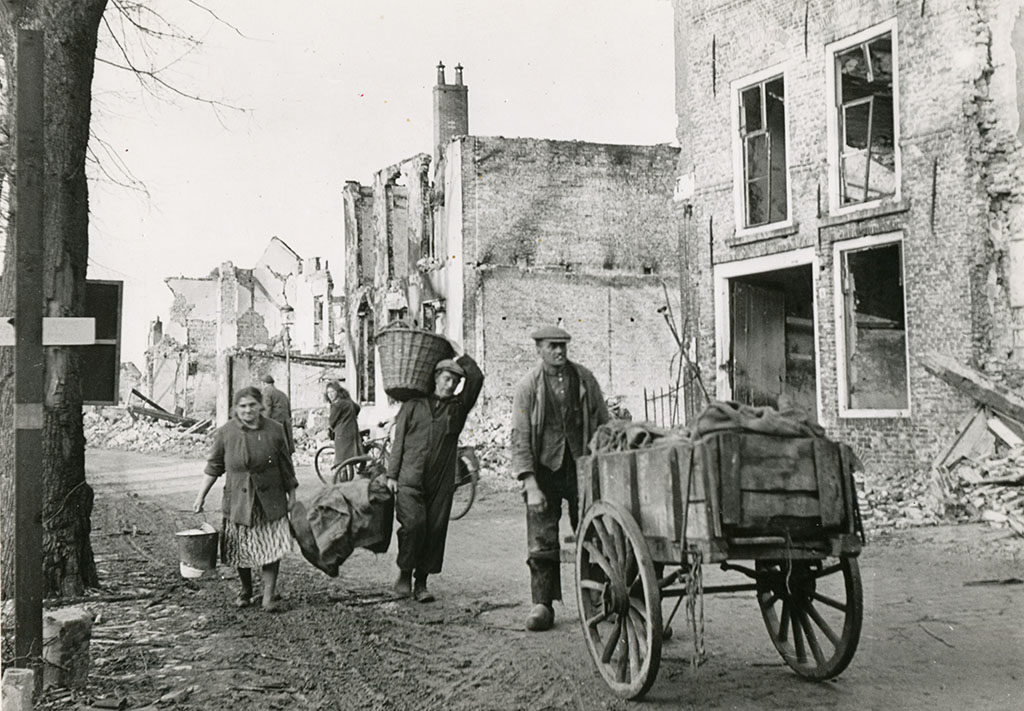- Point of Interest
- Promenade 38, 4511 RB Breskens, Pays-Bas
After the Allied break out from Normandy in August 1944 the German army had been in full retreat. With the capture of Antwerp on 4 September the German 15th Army was pushed into a pocket on the shore. The only way out for the German forces was an evacuation across the Scheldt river from the Dutch town of Breskens.
Prior to its retreat from France, the German 15th Army had been stationed around the Pas de Calais in anticipation of an Allied invasion that never came. Now it had been pushed back towards the Scheldt estuary were it was to prevent the Allied forces from bringing the port of Antwerp into use. The Scheldt river that flowed into Antwerp had to remain in German hands at all cost to prevent Allied ships reaching the port. With this in mind Adolf Hitler ordered general von Zangen, the commander of 15th Army, to hold a bridgehead on the south bank of the Scheldt while also moving forces across the river to reinforce the island of Walcheren and to strengthen the front in the south of The Netherlands.
Von Zangen was faced with the problem that he was cut of from the rest of the German frontline by the Allied capture of Antwerp. The only way to get is forces to Walcheren was an evacuation across the Scheldt. This evacuation began on the 8 September. Because of Allied air attacks the crossing could only be made at night or in bad weather. Nevertheless by the 22 September the German evacuation was complete and more then 86,000 men, 600 artillery pieces, 6,000 vehicles and 6,000 horses had been ferried across.
The evacuation from Breskens resembled the Allied evacuation from Dunkirk in 1940 in which over 300,000 soldiers were ferried across the English Channel. The evacuation from Breskens, although smaller in size, was a remarkable achievement especially since the Allies held complete air superiority. The Germans had managed to save a small army under very adverse conditions.


